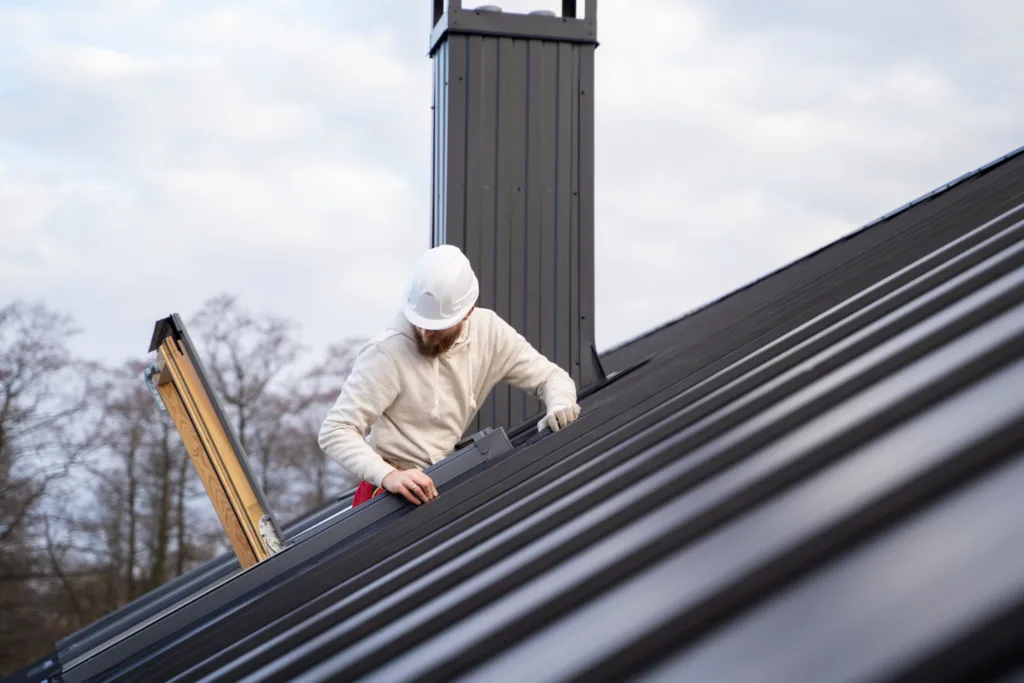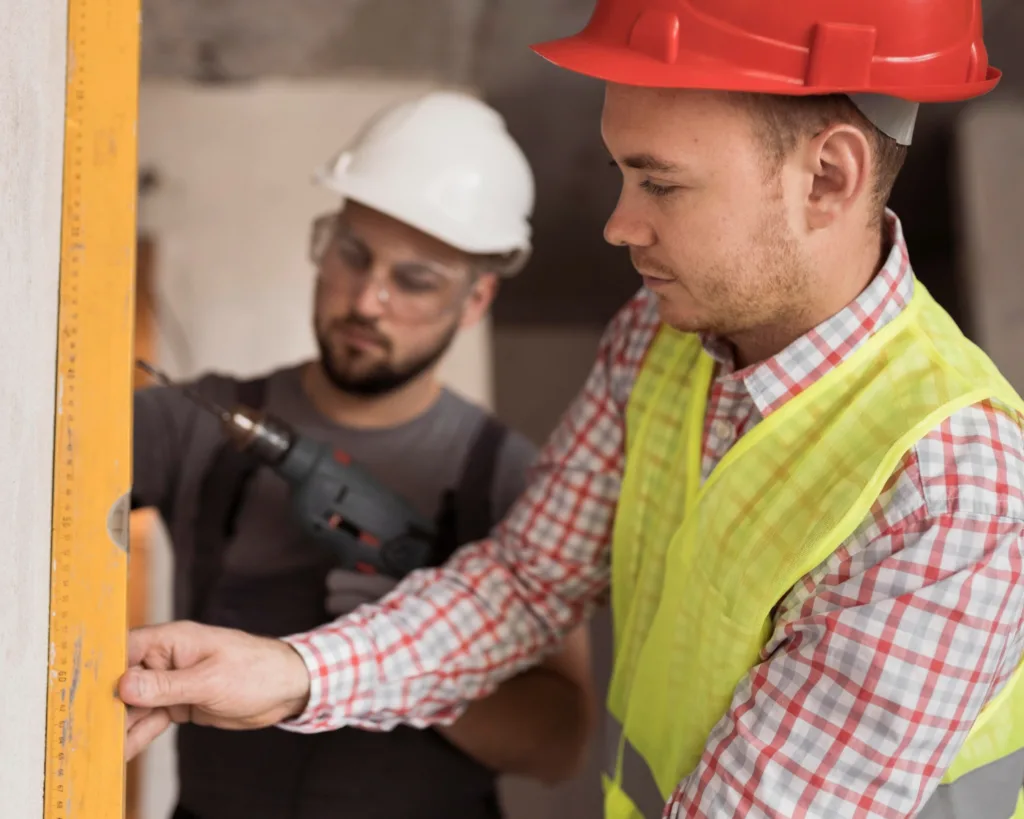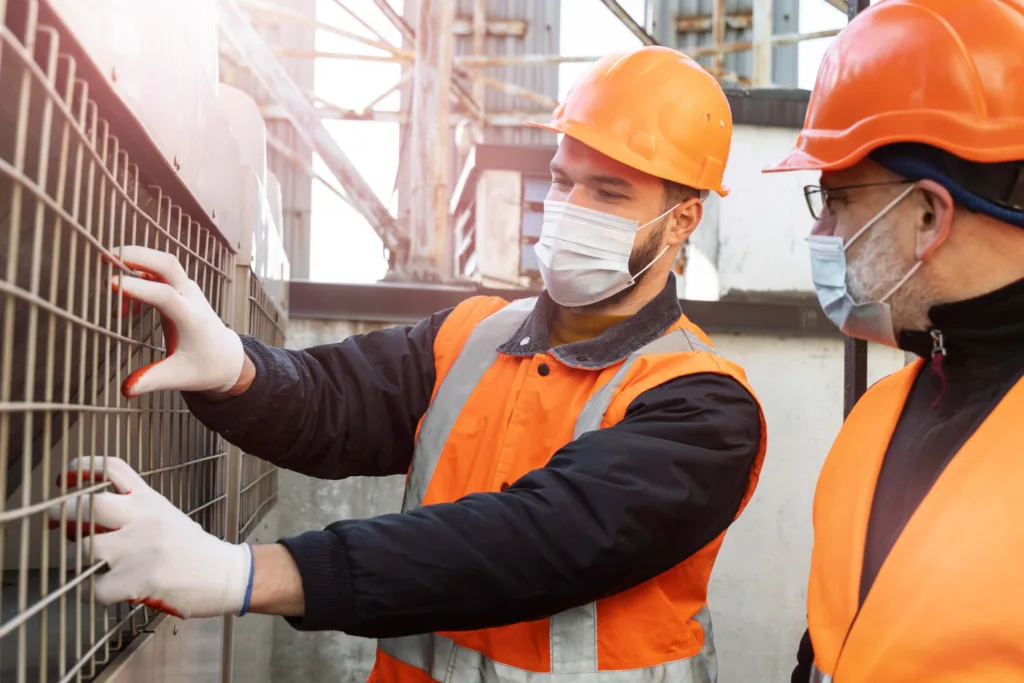
Nestled in the picturesque hills of Contra Costa County, Orinda, CA, is known for its serene landscapes, top-rated schools, and affluent neighborhoods. While residents take pride in maintaining their beautiful homes, there’s a hidden danger that many are unaware of: asbestos siding. This once-common building material can pose serious health risks if not handled properly.
In this comprehensive guide, we’ll delve into the intricacies of asbestos siding, how it affects Orinda’s homes, and the steps you should take to ensure your family’s safety and home integrity.
What Is Asbestos Siding?
Asbestos siding, popular from the 1920s until the 1980s, is a type of home siding that contains asbestos fibers. Asbestos, a group of six naturally occurring minerals, was widely used due to its excellent insulation properties and resistance to fire, heat, and electrical damage. In siding, asbestos was usually mixed with cement to create a durable and fire-resistant shingle.
The Risks of Asbestos
The danger of asbestos lies in its microscopic fibers, which can become airborne if the material is damaged or disturbed. Once inhaled, these fibers can cause serious health problems, including asbestosis, lung cancer, and mesothelioma—a rare and aggressive form of cancer primarily associated with asbestos exposure.
Identifying Asbestos Siding
In Orinda, many homes built before the 1980s may still have original asbestos siding. Identifying it can be tricky, as it often resembles traditional shingles. Key features include:
- A wavy bottom edge or a patterned surface.
- A thicker, more rigid feel compared to modern vinyl siding.
- A lack of manufacturers’ marks, as asbestos siding wasn’t always labeled.
If you suspect your home has asbestos siding, it’s essential to have it inspected by a certified asbestos professional. They can take a sample and analyze it in a lab to confirm its presence.
The Orinda Homeowner's Dilemma

For many Orinda residents, the realization that their home may contain asbestos siding is daunting. The thought of living with a potentially hazardous material can be unsettling, but it’s crucial to approach the situation with a clear mind and a plan of action.
Asbestos Siding: To Remove or Not to Remove?
If the asbestos siding on your Orinda home is in good condition and undisturbed, it may not pose an immediate risk. In fact, the Environmental Protection Agency (EPA) often recommends leaving undamaged asbestos-containing materials alone. However, if you plan any home renovations, or if the siding is deteriorating, professional removal is necessary to prevent the release of asbestos fibers.
The Removal Process
The process of removing asbestos siding is a highly regulated and specialized procedure, not suitable for do-it-yourself enthusiasts. Due to the inherent dangers associated with asbestos—a known carcinogen—California legislation mandates that only individuals with specific training and licensing are qualified to conduct what is known as asbestos abatement. This comprehensive process includes several critical steps aimed at safeguarding both the workers involved and the surrounding environment from the harmful effects of asbestos exposure.
- Sealing off the Work Area: The initial step involves creating a containment zone around the area where the asbestos siding is located. This is done to ensure that asbestos fibers do not escape into the air and spread to adjacent areas, thereby minimizing the risk of inhalation by unsuspecting individuals.
This containment often involves the use of plastic sheeting and negative air pressure systems to prevent the migration of asbestos fibers.
- Wearing Protective Clothing and Respirators: All personnel involved in the removal process must wear appropriate protective gear. This includes disposable overalls, gloves, and, most importantly, respirators equipped with high-efficiency particulate air (HEPA) filters.
These measures are crucial to protect the workers from inhaling or coming into direct contact with the toxic asbestos fibers.
- Wetting the Asbestos Siding: Before the actual removal of the siding begins, the asbestos-containing materials are thoroughly wetted down. This step is vital as it helps to reduce the release of asbestos fibers into the air. Water acts as a suppressant, capturing the fibers and preventing them from becoming airborne during the removal process.
- Carefully Removing the Siding Without Breaking It: The removal of asbestos siding must be done with great care to avoid breaking the material into smaller pieces, which can release a higher concentration of asbestos fibers into the air.
The workers carefully remove the siding in as large sections as possible, using tools and techniques designed to minimize disturbance to the material.
- Proper Disposal of the Material: Once removed, the asbestos-containing materials must be handled with care and disposed of in a manner compliant with state and federal regulations. This typically involves sealing the asbestos waste in specially designed, labeled containers to prevent the release of fibers during transportation and disposal.
The waste is then transported to a facility licensed to accept hazardous materials, ensuring it is disposed of safely and under environmental protection standards.
Overall, the removal of asbestos siding is a complex process that requires specialized knowledge, skills, and equipment. The strict regulations surrounding asbestos abatement reflect the material’s significant health risks, emphasizing the need for professional handling to protect public health and the environment.
Legal and Safety Considerations
California has strict regulations regarding asbestos handling and disposal. Failure to comply with these laws can result in hefty fines and legal repercussions. Additionally, improper removal can endanger not only your family’s health but also that of your neighbors and the broader community.
The Cost of Removal
Asbestos siding removal can be costly, with prices varying depending on the size of your home and the extent of the siding. While the expense may be significant, it’s a necessary investment to protect your family’s health and the value of your property.
Alternatives to Removal
If removal isn’t an immediate option, encapsulation is an alternative. This process involves covering the asbestos siding with a sealant or a new layer of siding, effectively trapping the fibers. While less expensive than removal, encapsulation is a temporary solution and must be monitored regularly for damage or wear.
The Importance of Professional Inspection and Testing

Before deciding on removal or encapsulation, a professional inspection is critical. A certified asbestos inspector can assess the condition of the siding, perform testing, and recommend the safest and most cost-effective course of action.
The Impact on Property Value and Insurance
Asbestos siding can affect your Orinda home’s value and may complicate the selling process. Prospective buyers are often wary of asbestos, and some lenders may not finance homes with asbestos-containing materials. Additionally, insurance policies may have exclusions or higher premiums for homes with known asbestos.
Preparing for Removal or Encapsulation
If you decide on removal or encapsulation, preparation is key. This may involve relocating temporarily, removing outdoor furniture and plants, and ensuring that the abatement team has clear access to the work area.
Choosing the Right Contractor

Selecting the right contractor for asbestos siding removal or encapsulation is crucial. Look for licensed professionals with a proven track record of safely handling asbestos materials. Check their references, verify their certifications, and ensure they follow all state and federal regulations.
The Role of Renovation and Upgrades
Removing asbestos siding presents an opportunity to upgrade your home’s exterior. Modern siding materials offer enhanced energy efficiency, durability, and aesthetic appeal. Consider options like fiber cement, which mimics the look of traditional siding without the associated risks.
Long-Term Maintenance and Vigilance

After asbestos siding is addressed, maintain vigilance. Regularly inspect your home’s exterior for any signs of wear or damage, and promptly address any issues to prevent future exposure risks.
Community Awareness and Responsibility
As Orinda residents, we share a responsibility to keep our community safe. If you’re aware of asbestos siding in your neighborhood, encourage your neighbors to have it inspected. Collective action ensures a healthier environment for everyone.
Conclusion: Partnering with Rhino Orinda Window Replacement & Siding
At Rhino Orinda Window Replacement & Siding, we understand the unique challenges that asbestos siding presents to homeowners in our community. Our commitment to safety, quality, and environmental responsibility makes us your ideal partner in handling the risks associated with asbestos siding. Whether you need professional advice, or removal services, or are considering upgrading your home’s exterior, we are here to support you every step of the way.
Don’t let the hidden danger of asbestos siding put your Orinda home at risk. Take action today to ensure the safety and beauty of your home for years to come. Contact Rhino Orinda Window Replacement & Siding for a consultation and discover how we can help you navigate the complexities of asbestos siding with ease and confidence.
We take pride in serving the Orinda community and are dedicated to providing the best services to enhance and protect your home. With our expert team, you can rest assured that your home is in good hands. Visit our website or give us a call to learn more about how we can assist you with your asbestos siding concerns and all your home exterior needs.
Remember, when it comes to asbestos, it’s not just about aesthetics—it’s about health and safety. Trust Rhino Orinda Window Replacement & Siding to help keep your home and family safe.
